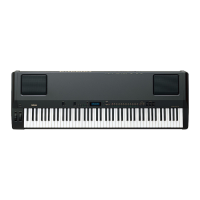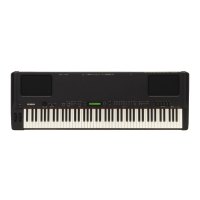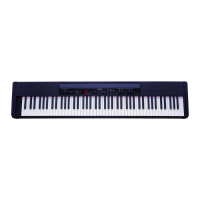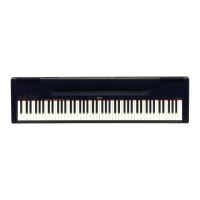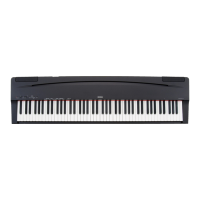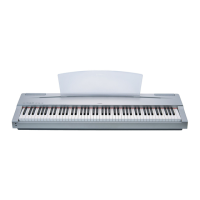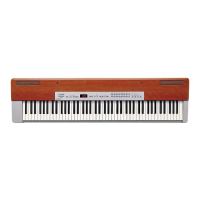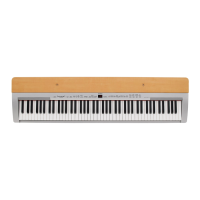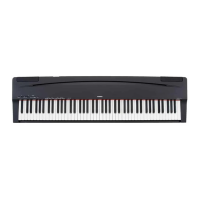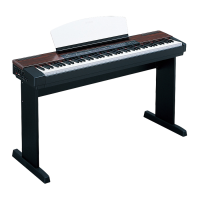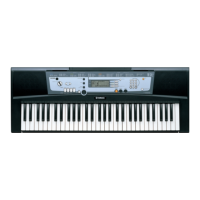What to do if no sound is output from my Yamaha Synthesizer P-200?
- MMelissa JohnsonJul 26, 2025
If there is no sound coming from your Yamaha Synthesizer P-200, verify the following: * The [SPEAKER] switch on the rear panel is turned on. * The [VOLUME] slider is turned up. * The Foot Controller that is assigned to Volume or Expression (011) is pressed down. * The Local On/Off feature is set to On. * If the Local On/Off feature is set to Off and you’re using the P-200 with a sequencer, ensure the Transmit Channel is set to the same number as the Receive Channel.
